It’s been a while since I wrote an article for the site, but if you’ve been keeping up, you’ve noticed a number of fairly significant changes. We’ve added a ton of new features, overhauled our database and trail information pages, and we’ve simplified our offerings to focus just on mountain biking trails, because everyone needs a place to ride (how does that grab you for a new slogan?).
Since everyone does indeed need a place to ride, it’s time we fill you in on another awesome collection of trails. The past articles have covered Tsali in western North Carolina and the Augusta, Georgia area but it’s time we moved out west and let you in on the local scene here in Colorado Springs, Colorado. For those who’re not familiar with the geography of Colorado, Colorado Springs is located along the front range of the rocky mountains about 60 miles south of Denver. The terrain to the east of the city is flat and treeless and you wouldn’t know the difference between eastern Colorado and western Kansas (which makes sense because the two states touch!). To the west is Pikes Peak and the rocky mountains, with tree covered peaks and green, grassy valleys.
The first interesting thing to note about Colorado Springs (and Colorado in general) is the elevation: the city sits at around 6,200 feet (with many of the trails approaching 10,000 feet or higher). Colorado Springs is about 1,000 feet higher than Denver, which makes breathing somewhat difficult for those unaccustomed to the lower levels of oxygen available here. If you’re coming up from sea level you’ll just feel like you’re a little out of shape, but mountain biking still just as much fun.
Starting in town, the first trail you gotta check out is Palmer Park. Situated just off Academy Boulevard, the park is centrally located and surprisingly large. The trails here are from mild to wild and they’re marked for difficulty just like ski slopes. It’s pretty easy to get lost due to the number of shortcut trails that have been blazed over the years and the park’s geography and geology do little to help the situation. Rock formations and bluffs extend like fingers toward the city and offer some awesome views during your water breaks. Leah and I like to do the Cheyenne and Yucca trails but we’re pretty sure there are still trails out there we don’t know about. There are so many trails in the park that one can easily put together a 10-15 mile ride without doing a ton of backtracking.
Next on the list of must-ride trails is Captain Jack’s in the North Cheyenne Canyon area. I’m not sure why this trail is as popular as it is because it’s pretty short and not in great condition anymore. I’m guessing at one time this trail was tha shizzle but it’s definitely fallen into disrepair from dirt bike usage and erosion. The sand and decomposed granite on this trail can make a grown man cry or even lead a grown woman to throw her bike down a steep descent. The loose conditions certainly make steering difficult and it seems like every time I return the gravel makes it’s way over more of the trail. Some of the top portions of the trail are still sweet with nice banked turns and narrow singletrack through the forest. Try riding Captain Jack’s front side (also called the Buckhorn Loop) to add some distance and elevation (the front side is in better shape, though not by much).
Stick around the Cheyenne Canyon area to try out some more awesome singletracks. Jones Downhill is a fun but tiring ride (especially if you make a loop of it) and Bear Creek Canyon offers a good climbing workout with a fast, steep downhill on the back side. The Palmer Trail offers a nice reasonable climb through winding, forested singletrack and offers you the option of doing an out and back or descending down a steep, technically challenging stretch to make a loop. From the backside of the Palmer trail (this area is called Section 16, so named for the grid number on the forest service map) you can access the Intemann Nature trail or the other Section 16 trails for a fun technical workout.
Just outside North Cheyenne Canyon Park you’ll find the Stratton Open Space, home to The Chutes. The Chutes is a fast 1 mile trail that drops down about 500 feet from Gold Camp road into the open space with banked turns, jumps, and smooth tread. This is the trail that Captain Jack’s should have been (or maybe once was). My only complaint is that traffic moves both ways on the trail so riders need to control their speed on the descent. If this baby were one way there would be no limit to the fun! The open space itself has really become a great place to ride, especially for beginners with the completion of the Chamberlin and Upper Meadows trails. I rode out there in the spring of 2004 and honestly had a blast with the twisting turns, the gradual elevation changes, and the smooth track through the woods.
But wait, there’s even more! Trails can be found at Ute Valley Park, Garden of the Gods, and even in Black Forest. If you’re bored of these trails, there are plenty of other rides within a short drive of town: Rampart Reservoir (one of my favorites), Waldo Canyon, Lovell Gulch, and Mount Herman, just to name a few. Get out and explore, talk to the local bike shops, and experience all that the area has to offer. When it’s too hot in Moab, Colorado is the place to go, and the Springs is one stop that you don’t want to miss!











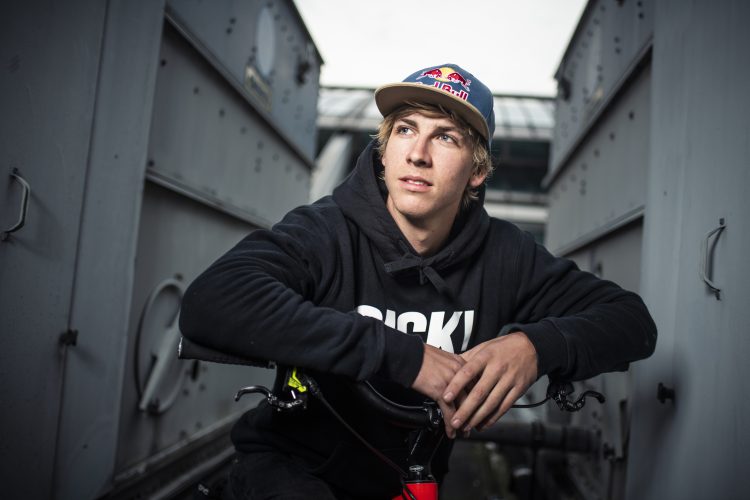
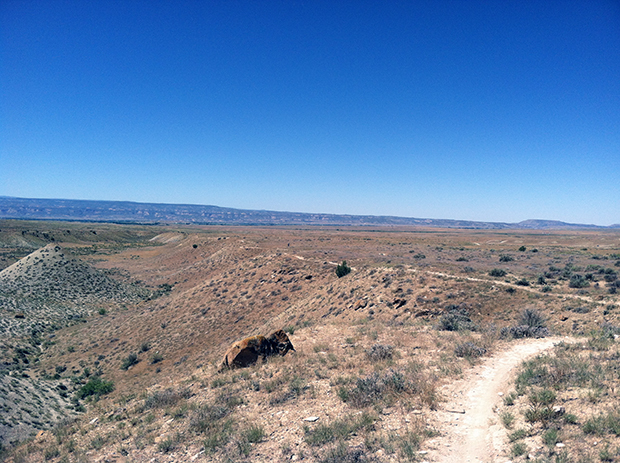

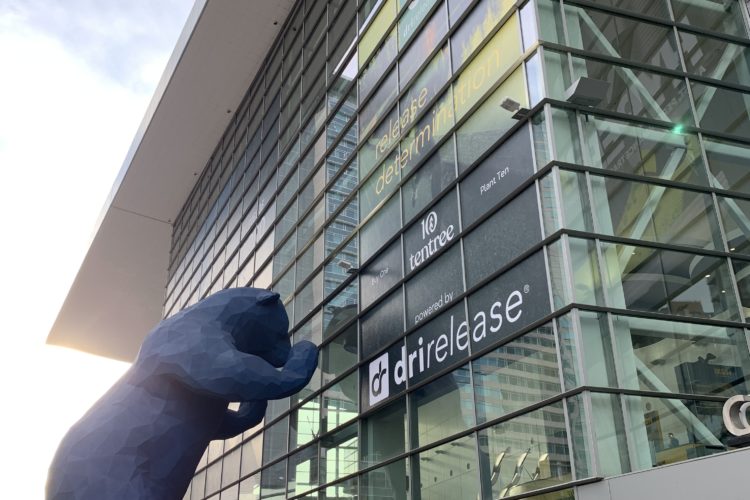
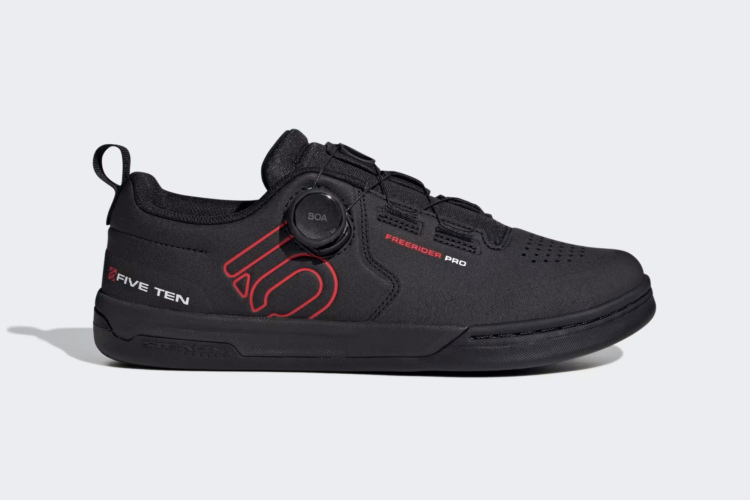


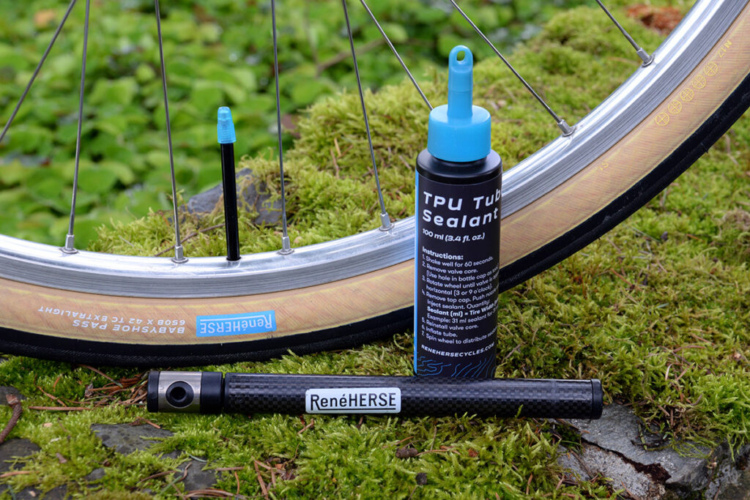

0 Comments